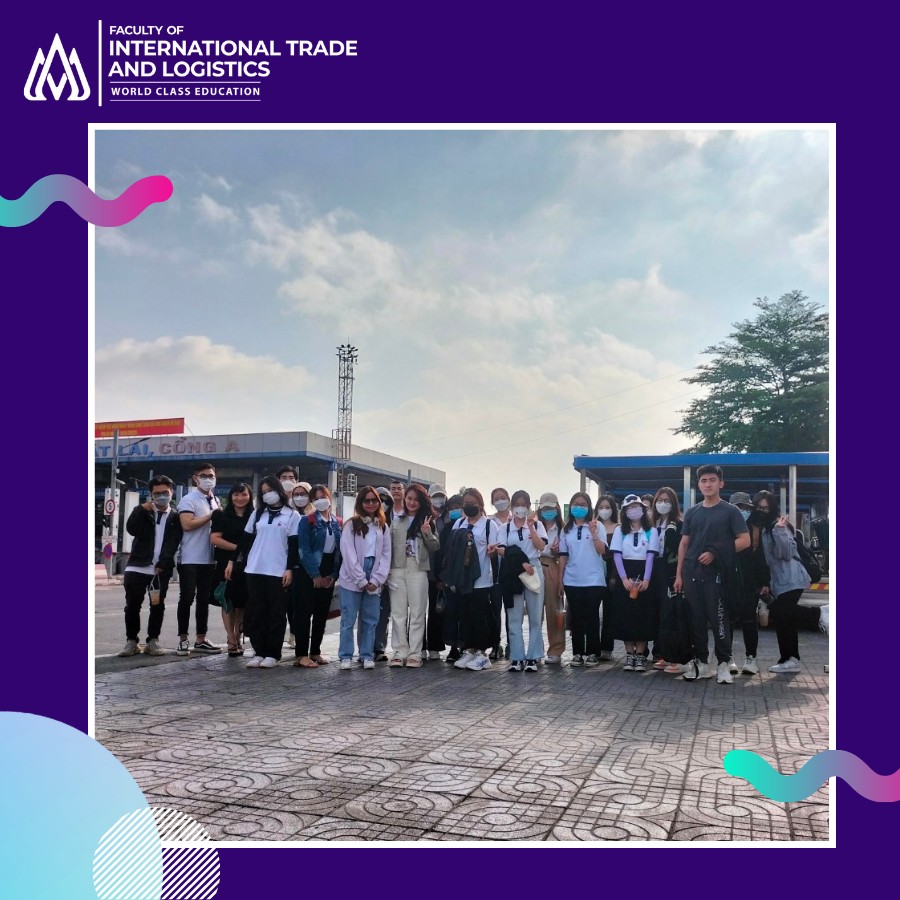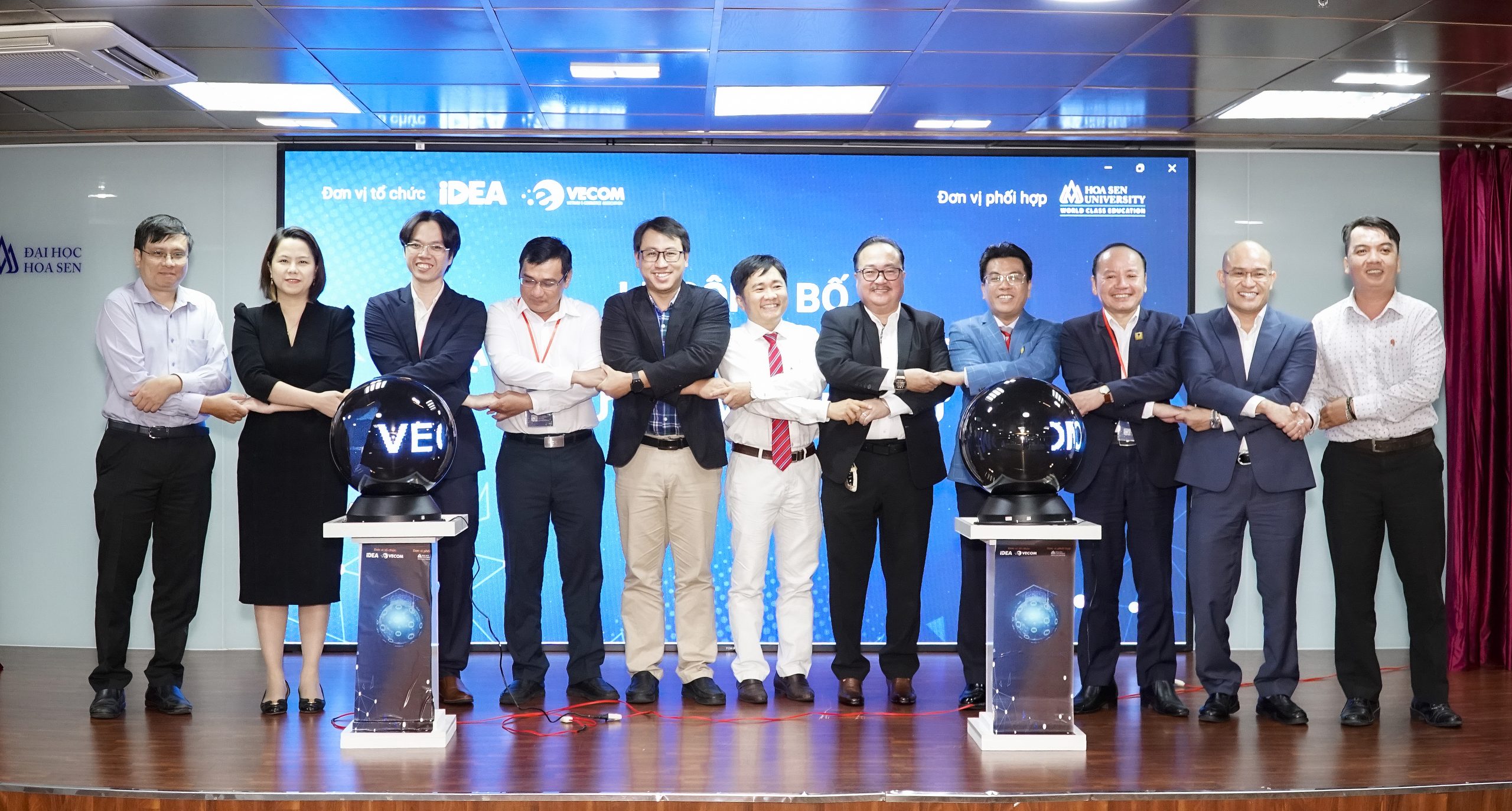Sustainable development with air transport

According to the latest statistics from the International Air Transport Association (IATA), the aviation industry consumes nearly 8% of the world’s gasoline and oil products. This number is equivalent to 7 million barrels of fuel per day, of which passenger aircraft account for more than 90%. Proportionate to the amount of fuel consumed, flights also release an average of 1 billion tons of carbon per year, accounting for nearly 3% of global emissions. Experts analyze that air travel demand is recovering strongly and could return to pre-pandemic levels by 2025, then triple by 2050. This means, gasoline consumption could spike to 14 million barrels per day.
In the context of emissions from hundreds of thousands of flights every day posing challenges for the aviation industry, for sustainable development, it is necessary to research and use fuel sources with lower carbon content to limit the impact on the environment. is one of the practical and effective solutions.
Through this article, Hoa Sen University wants to send readers some solutions to help the air transport industry develop sustainably and freely fly in the blue sky.
Sustainable Aviation Fuel (SAF)

SAF can be created from raw materials, agricultural by-products, algae, waste oil and even carbon. Norsk E-fuel captures and processes carbon to create an innovative SAF.
Various forms of SAF are available in relatively small quantities, but are growing in popularity. According to the Air Transport Action Group (ATAG), SAF can have up to 80% fewer GHG emissions than traditional fuels over their life cycle. ATAG claims that SAF also produces lower sulfur and particulate matter emissions, resulting in cleaner air. But the actual effectiveness depends on the composition of the SAF and the amount mixed with conventional fuel.
Earlier this year, Neste Corporation reported successfully delivering its first batch of SAF to San Francisco International Airport (SFO) via pipeline. Amazon plans to power some of its cargo jets using SAF.
Planes are more efficient

Air carriers, including FedEx and UPS, are investing in more efficient planes to reduce emissions. They are looking at design, weight and fuel efficiency to minimize their environmental impact as they try to get packages to customers’ doorsteps more quickly.
Delta announced a $1 billion investment in more efficient planes and carbon offsetting measures this year.
FedEx is working to retrofit and replace aircraft to increase fuel efficiency. Shipping companies seek improved speed, weight and optimal routes to save money and reduce carbon dioxide emissions.
The rise of air transport digitization
Although it has been around for a while, electronic freight (e-freight) is still gaining ground in air shipments. E-freight digitizes all the necessary paperwork for each flight. From shipment details to customs forms, electronic shipping helps reduce paper and become faster and more efficient. According to Swiss WorldCargo’s report titled “Cargo Matters”, the benefits of e-freight are clear. “The advantages are clear: e-freight reduces costs, improves data accuracy, speeds up processes and helps the environment,” the report said.
Lightweight Loading Device (ULD)

ULD manufacturers are now offering pallets and lightweight containers for the aggregate transportation of bulk shipments. Reduced weight helps save fuel.
In some cases, lighter ULDs can allow more packages to be shipped at once if the limiting factor is weight. While this will not reduce fuel usage for that flight, it will still help increase efficiency because more cargo can be transported per aircraft.
Invest in carbon offsets

Many companies are setting ambitious environmental goals to be achieved in record time. Carbon offsetting can help the air transport industry close the gap when it comes to researching and implementing new techniques to improve the efficiency and sustainability of direct operations.
What is carbon offset? Simply put, it’s an investment in something that pulls carbon dioxide out of the atmosphere to offset emissions in another area. One of the most popular carbon offset investments is planting trees. Depending on the location, conditions and type of tree, there will be a certain amount of carbon absorbed. Preliminary calculations show that it takes about 15 trees to offset 1 ton of emitted carbon.
Organizations and initiatives such as the Carbon Offsetting and Reduction Program for International Aviation (CORSIA) are tracking the emissions of different SAFs over the entire lifecycle of their aircraft.

















